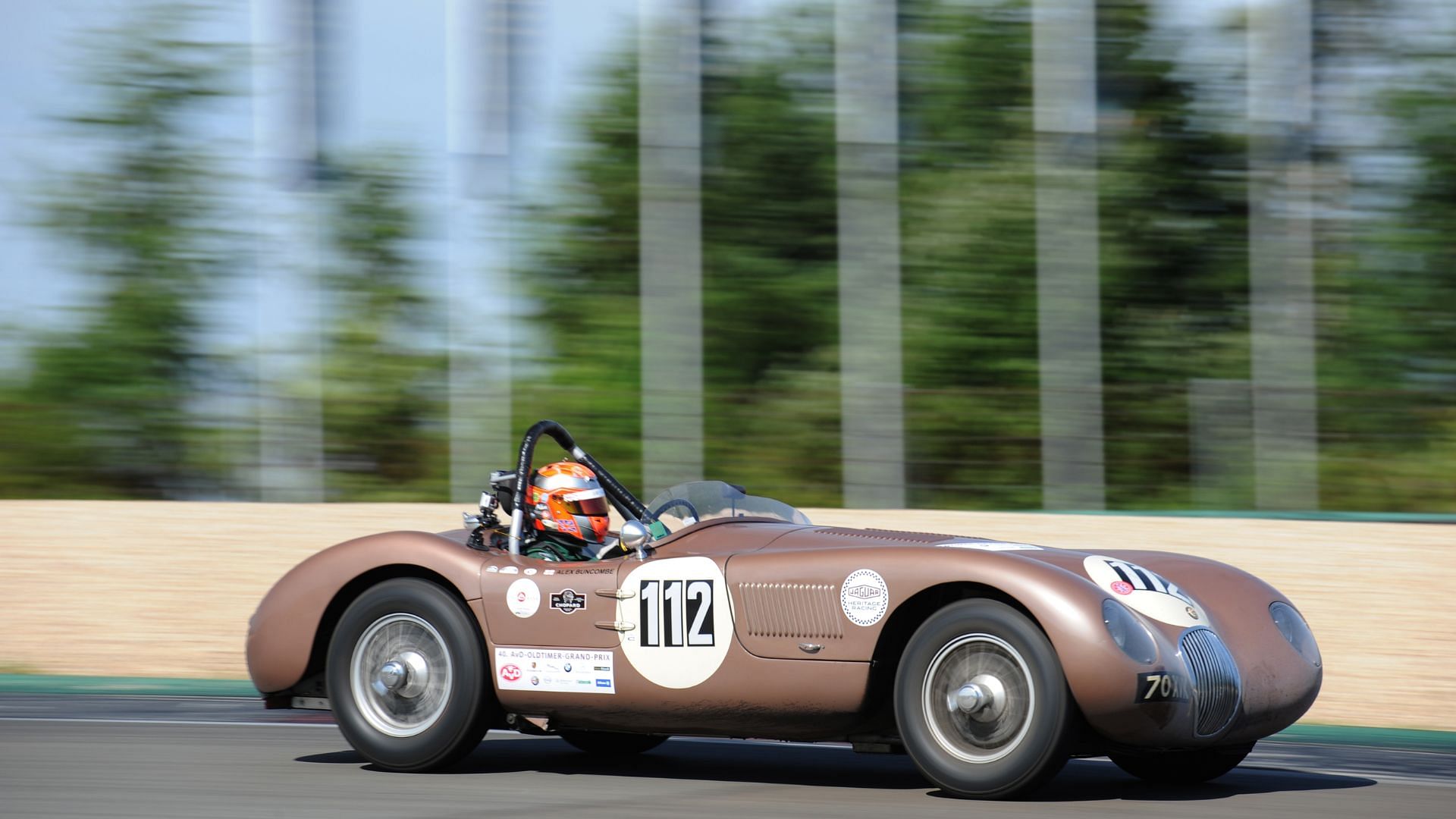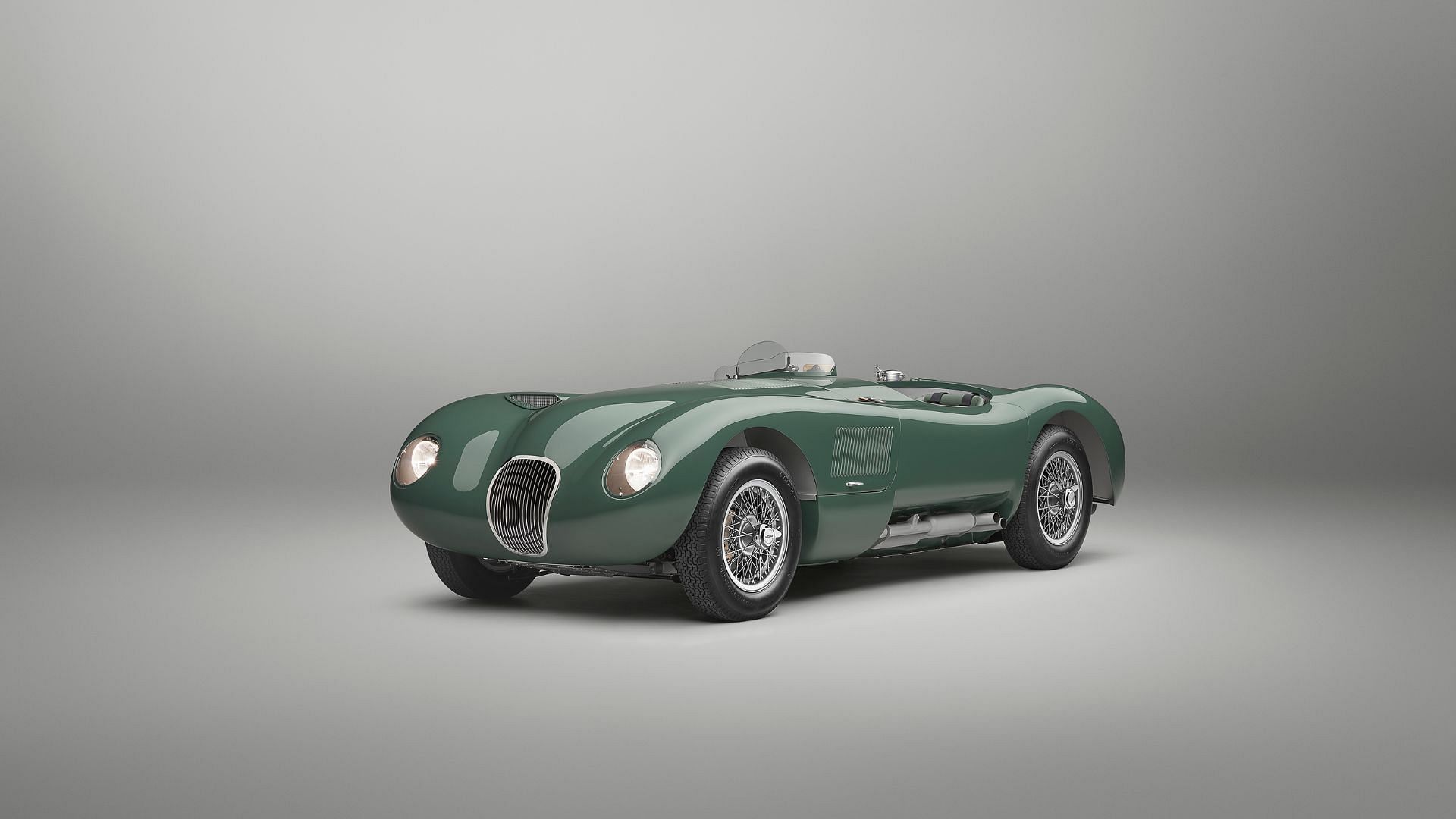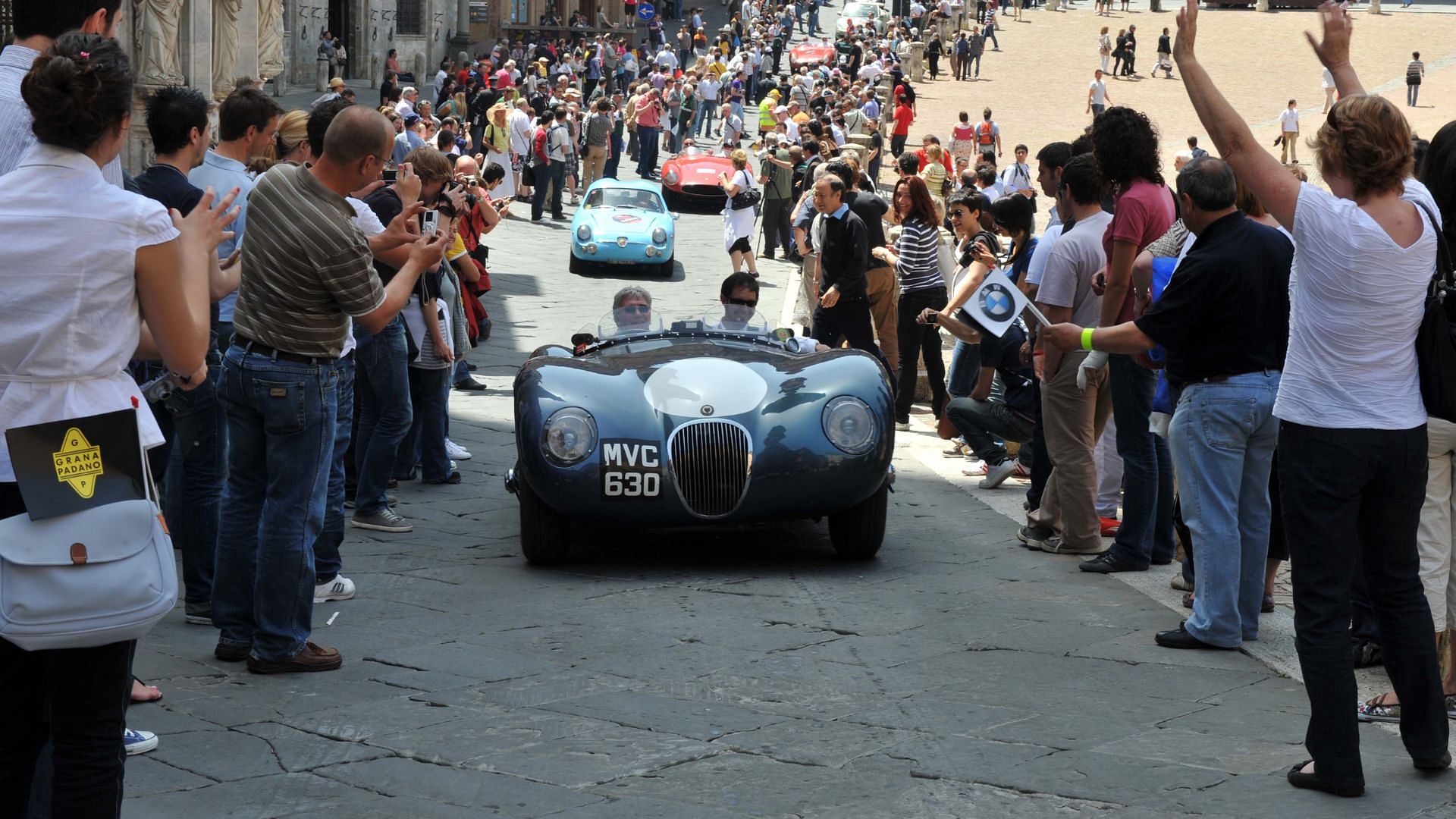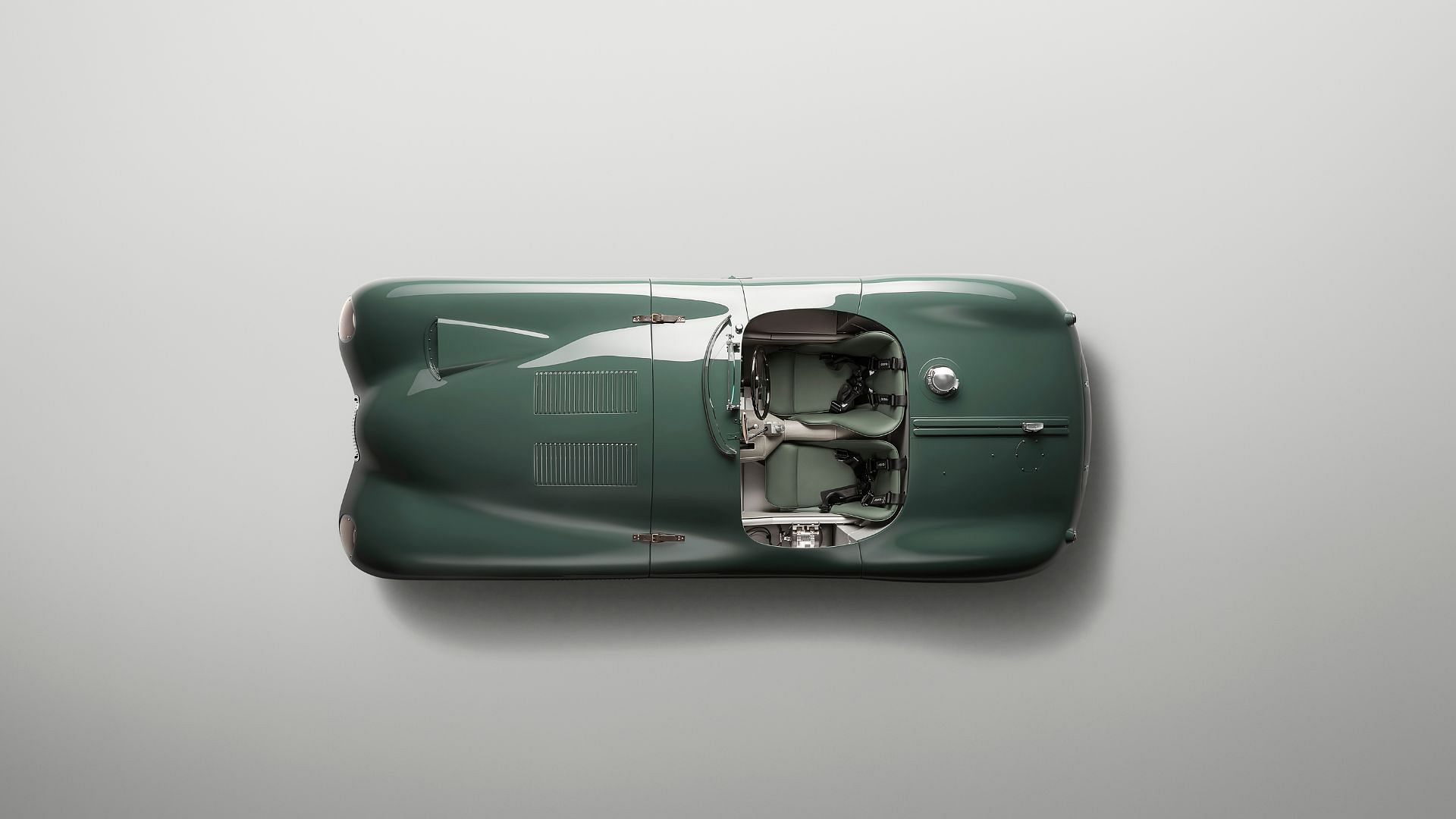The Jaguar C-Type Came, Saw And Conquered The Le Mans In 1951 and 1953
Many cars win races but winning them on your first try while breaking almost every record possible is not something we see every day. With a unique design and incredible performance, the XK120 or C-Type is an exceptional car and the fact that it had limited production, makes it all the more special.
Published August 12, 2024

Table of Contents
- Jaguar Won Le Mans???
- How is the design and engineering?
- How successful was the Jaguar C-Type on the tracks?
- How Much Are They Now?
Jaguar Won Le Mans???
The XK120 was a series of incredible race cars built by Jaguar from 1948 to 1954. The C stands for competition and it is easy to perceive that the C-Type focused more on the races. The XK120 was one of the fastest production cars in the world and it proved the potential of Jaguar on the tracks.

The company wasted no time in building a perfect version of the XK120 and the Jaguar C-Type exceeded all expectations and chiseled its name on the global map. It was not just a faster version but the limited edition C-Type was also born for endurance racing which allowed victories on the grandest stage of Le Mans.
There were five outright victories in that decade which came from the C-Type and its successor D-Type in the following year and we still cannot get over its unfathomable performance.
How is the design and engineering?

The Jaguar XK120 was originally a road-going version that was equipped with a 3.4L twin-cam straight 6-cylinder engine. It could produce almost 180 hp of power and did fairly well in the 1950 Le Mans. This influenced the manufacturers to push the boundaries and create a gem of a car that is destined to win.
Jaguar Chief Engineer William Heynes was the man behind the XK120 and this time, he teamed up with developer R J Knight and aircraft engineer Malcolm Sayer to modify it.

The lightweight tubular chassis design ensured more aerodynamic aid while the engine was tuned to generate over 200 horsepower. The C-Type built in 1951 was fitted with SU Carburetors but the ones that came later in 1953 used high-lift camshafts with triple twin-choke Weber carburetors for better performance.
These carburetors were also lightweight and replacing the drum brakes with the discs improved the stopping power as well.
How successful was the Jaguar C-Type on the tracks?
The original inspiration for the C-Type, the XK120 earned the twelfth position in the 1950 Le Mans. With a modified chassis design and tuned engine, the three C-Type roadsters entered the 1951 Le Mans 24 Hours competition after only six weeks from the completion of manufacture.
There was stiff competition and Jaguar did not have the fancy equipment like Ferrari or Aston Martin. Two of the three had to retire mid-race but the remaining one managed to not only win the race on its first attempt but also set a record speed which is fastest among Jaguars.

The following year was not as fruitful for the brand and it was worried from the reports of the Mercedes-Benz W194 300SL’s entry into the competition. There were changes in the aerodynamics but the cooling system caused all three entries from 1952 to return empty-handed.
Jaguar implemented the triple twin-choke Weber carburetors along with several other mechanical upgrades in 1953.
Better acceleration from a lighter body and improved braking system secured the 1st, 2nd, and 4th place for the three C-types in 1953. The success on the tracks encouraged Jaguar to offer the C-Type roadsters to private owners and 43 out of 53 were sold in the US only.
How Much Are They Now?

Only 53 were made and you can find these for around $800,000 to 12 million depending on if the particular XK120C has won the Le Mans or not. Jaguar also made a continuation of the XK120C with only 16 models made each one costing about $2.7 million.
Image Source- Jaguar Media
Write a comment
Comments
No Comments Yet









